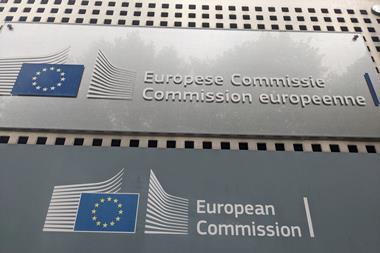Railpen, which manages the UK’s £34bn railway pension schemes, together with the Pensions and Lifetime Savings Association (PLSA) and The Chartered Institute of Personnel and Development (CIPD), have written a letter to the chief executive officers of FTSE350 companies asking for improvements in the quality of workforce reporting and providing practical suggestions as to how this should be done.
The trio is calling on FTSE 350 companies to review and update disclosures in relation to four key areas: workforce composition, employee relations and wellbeing, reward and recognition, and skills and capabilities.
The group pointed out that evidence on the materiality of a motivated, fulfilled and engaged workforce is already well-established in workforce-related topics, including how they are discussed by companies in key investor-facing communications.
However, they added that following several commitments from the new government in relation to the UK labour market, and the likely future public policy focus on workforce reforms, there is a “greater need” for more consistency and transparency in workforce reporting.
The letter builds on the publication of the Workforce Reporting Framework produced by Railpen, the High Pay Centre, the CIPD, the PLSA and Board Intelligence in 2022, setting out information that companies should consider disclosing.
The Framework was complemented with practical guidance, exemplifying best practice workforce reporting, which should:
- be linked to a company’s strategy and performance;
- include an appropriate mix of data and narrative;
- be balanced and self-critical;
- focus on targets;
- use consistent data points over time;
- include both directly employed and contingent;
- be disaggregated (where appropriate);
- have received some kind of external, independent assurance.
Caroline Escott, senior investment manager at Railpen, said: “While we often see companies stating that their workforce ‘is their greatest asset’, this is not always accompanied by concrete evidence of how employment practices relate to the firm’s wider strategy.”
She said that investors want to support and invest in companies that are well-positioned in terms of how they manage their people, and in turn, look to issuers to provide access to clear, comparable information on material and decision-useful workforce factors.
“As workforce reporting becomes a greater focus area for government policy, our Workforce Reporting Framework and Guidance remains a useful tool to enhance the quality of company reporting on employment models and working practices,” she added.

“Members trust us to be active stewards on their behalf, so we will continue to highlight good practice and support companies that invest in their people and effectively communicate this to their shareholders.”
Peter Cheese, CEO of CIPD, added that raising the quality and consistency of workforce reporting could help provide more transparency over how companies recruit, train and manage their employees and the extent they are engaged in responsible and sustainable business practices that can improve both firm performance and job quality.
He said: “Improvements in this area can therefore also encourage business leaders in focusing on developing their workforces and help investors better understand differences in the quality of management at different companies to inform their investment decisions. It can also give potential employees a better understanding of how companies value and invest in their people.”
Read the digital edition of IPE’s latest magazine
























No comments yet